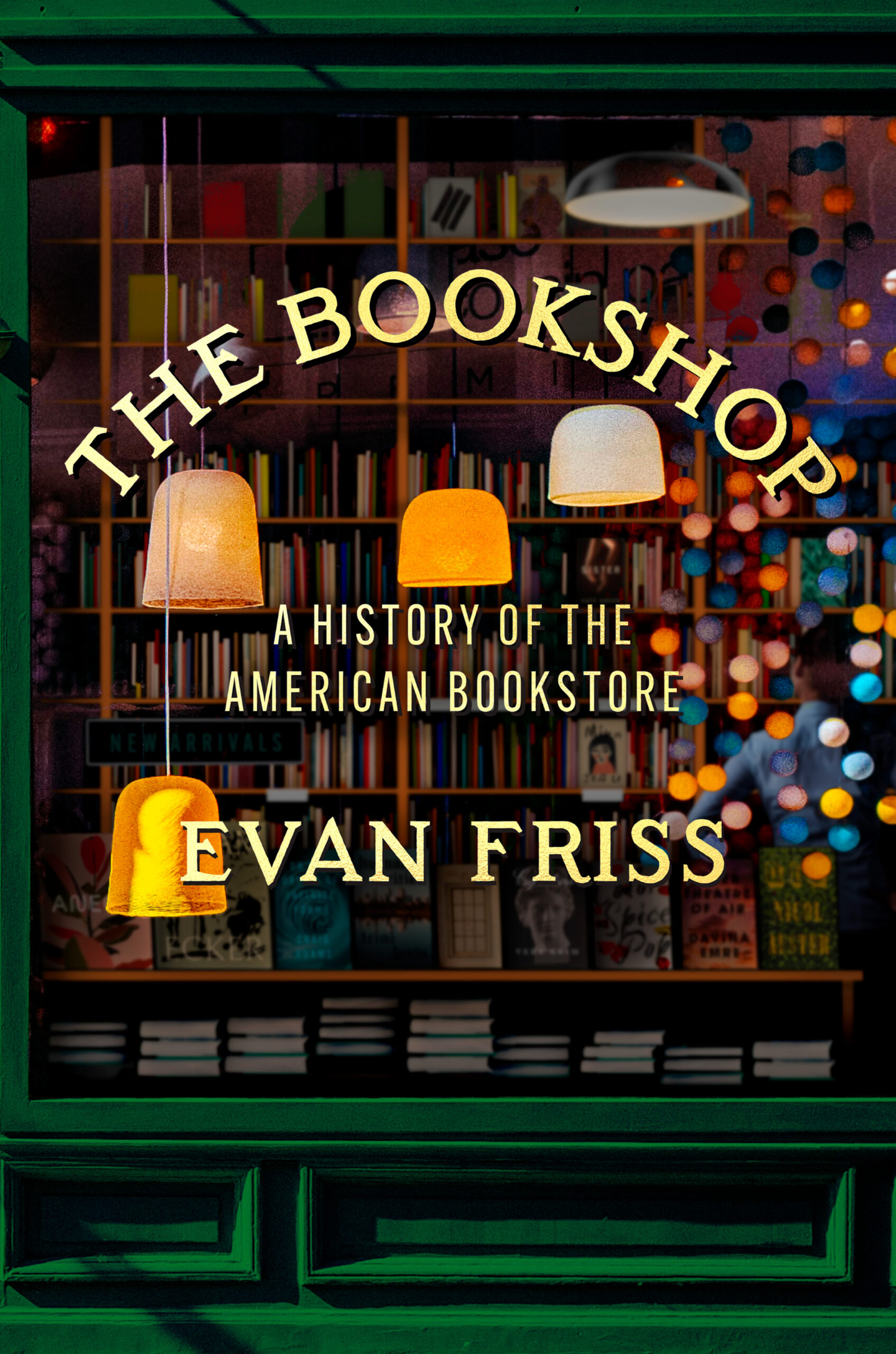- The Good: Great overview of the rise and fall of the American book store
- The Bad: Little to no discussion of second-hand books, or how American book stores differ from those around the world
- The Literary: A book about books!
Many of us have a love affair with books, and often with bookshops too. This history of the American bookshop begins with Benjamin Franklin’s first bookstore in Philadelphia and winds through time, discussing why we love bookshops, their diversity, and their place as havens for readers, writers, artists, eccentrics, and even political movements. With the rise of digital media and Amazon.com, bookstores struggle in our modern age.
It’s easy to write a book about books because readers are already primed and ready to like it. I picked up this book on a whim, initially unsure of whether it was a nonfiction or fiction, but the cozy warm window display on the cover drew me in. I’m not sure I even had a choice.
Books have been sold in department stores and general retailers, in coffee shops and cafes, on sidewalks, off of traveling wagons, and only very rarely are they are sold in stores dedicated solely to selling just books. Some bookshops only sell first editions or specific genres. I particularly enjoy the chapters that highlight these, including Drum and Spear, a store specializing in African American books in Washington, D.C., and Oscar Wilde, a gay bookshop that opened in 1967 and gave anyone a lifetime discount as long as they joined a “homophile organization.” Then there’s the Aryan Book Store in Los Angeles back in the 1930s, which stocked exactly the sort of books you’d expect them to.
My own relationship with bookstores started with Barnes and Noble. My teenage self loved that it was a place I could linger without buying anything more than a hot chocolate. The ceilings were too tall and the space was too open, but I loved that the store was so big and so full. Our local Barnes and Noble was bigger than the public library. I admit that experience colors my own very specific and narrow idea of the perfect bookstore in my mind — it would be like Barnes and Noble, but cozier, quieter, less well lit, with large armchairs and a couple of shop cats.
But Barnes and Noble was the enemy of small independent bookstores, that is, before Amazon. Barnes and Noble’s book-of-the-month pick was incredibly popular, so much so that publishers vied for that status, which translated into real sales. The book shop itself influences the success of books. There were many more bookstores in the North than in the South at the start of the Civil War, and the bestseller “Uncle Tom’s Cabin” was difficult to find south of the Mason-Dixon line.
What is so interesting is that the ideal image of a bookstore changes throughout history. Colonial bookstores were often also wine houses. Now, most independent bookstores look down on selling gifts but are happy to host events and community gatherings and so diversify into a place for people in order to supplement revenue.
The author focuses on several famous bookshops, including The Strand, Chicago’s Marshall Field & Company, Gotham Book Mart, Parnassus Books, as well as a few of the lesser famous ones, including Book People here in Austin, Texas, whose public campaign for local independent book shops successfully thwarted the opening of a Borders bookstore across the street from their own storefront.
Unfortunately, there is very little discussion about second-hand bookstores, which I prefer over new books any day. And there is no mention at all of libraries, and the role they play for those of us who can’t afford a new book every week. I suppose it’s particularly American to write a book about bookshops, as they’re both sentimental and places of commerce.
Recommended if you’ve been thinking of canceling that Amazon Prime membership, and of course, if you have that one favorite local bookstore.
